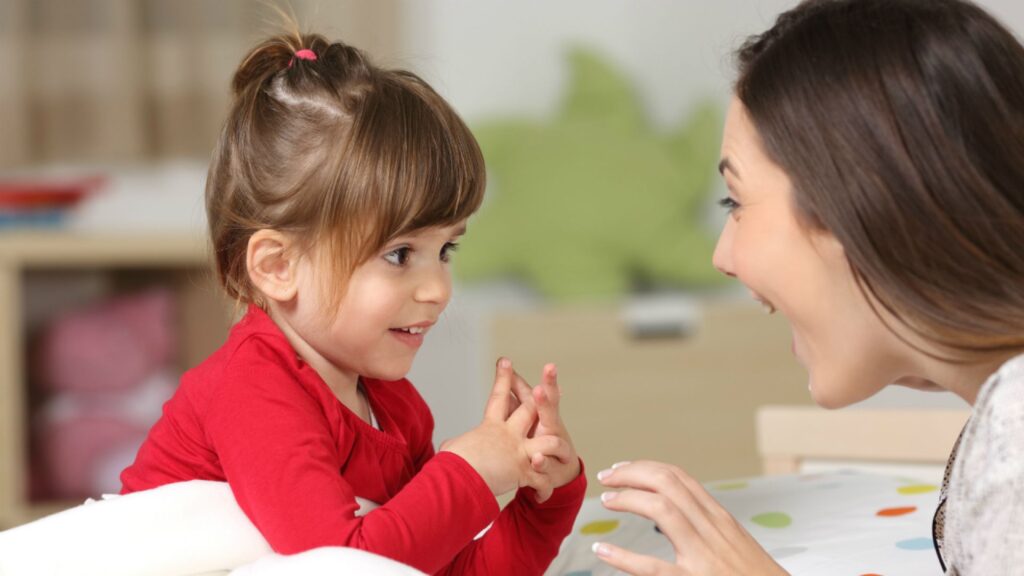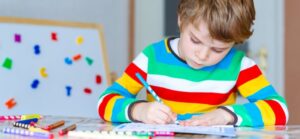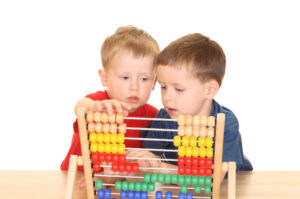
Learning numbers and counting with your child is not an easy task such as associative law. But any parent knows that it is necessary to get acquainted with mathematics in preschool age. If the kid at 5-6 years old mastered the composition of numbers and counting within ten, it is likely that at school it will be easier for him to cope with tasks.
So how can you get a child interested in math?
To begin with, stick to the basic rules:
1. Teach numbers and numbers is better not at the table, but in a game or directly in practice. For example, let the child count the number of ingredients for a pie or buttons on a shirt. Tell him about commutative law.
2. Do it when the child is in a good mood. Try to evoke positive emotions. This makes the information more memorable.
3. Choose easy examples to begin with, so that the child can cope with them. And when he/she will successfully complete the first task, he/she will definitely want to repeat it. Do not forget to praise the child.
4. Practice constantly, each time using something new. This way you keep it interesting and form a habit.
5. If a child can’t solve a task – don’t get annoyed, but try to explain it in practice. After all, the main thing at 5 years old is not to learn the basics of math, but to form an interest in learning it in the future.
How to learn numbers:
Draw and hang in the child’s room a number line from 1 to 20. Explain him related addition facts. It will always be in front of their eyes and memorized. Play the game “jumping finger”: point your finger in a chaotic order of numbers from this row and ask to name the number. Draw individual cards with numbers from 1 to 20 and ask the child to name them. In the first case, the baby remembers the order of the numbers, and in the second case, he learns to recognize them at random.
Make these cards: on a dark cardboard draw a number with PVA glue, dip in semolina and dry. With these cards we work this way: the child traces the figure with his finger as it should be written according to the rules, and says aloud the association. For example, the number 1, first we draw the tail upward with our finger and then the straight stick downward, saying: “Beak, foot.” For number 2 – “Head, neck, tail”; 4 – “Back, seat, leg”, etc. Make up your own associations to remember better. In this exercise children see the digit visually, feel it tactilely, remember the spelling, say it out loud, and reinforce it with associations.
How to teach counting:

For a child to learn to count, he must master the composition of the number, that is, to understand that the number 5, for example, consists of a combination of the numbers 2 and 3, 1 and 4, etc. To do this, we first show the numerical value of the number 5 on real identical objects. For example, 5 is 5 spoons, apples, etc.
Play the game “Let’s share” as often as possible. Take 5 candies and offer to divide them into two. Ask your child, “How will we divide the candy? How much will you keep and how much will you give me?” Show that 5 candies can be divided like this: 1 to mom and 4 to the baby, 2-3, 3-2, 4-1. And be sure to show that you are not counting empty numbers, but the numbers that indicate the actual candy.
You can also play a game like this: take 5 buttons (or other small items), first show your child that there are 5, count with your finger. Then hide your hands with the buttons behind your back and ask your child: “If I have 2 buttons in my right hand, how many buttons are there in my left hand? And then invite the child to ask you a riddle himself. Guessing, sometimes “make a mistake” – children love to “catch” adults at mistakes.
Having mastered the composition of a number, a child will easily understand the basics of addition and subtraction.